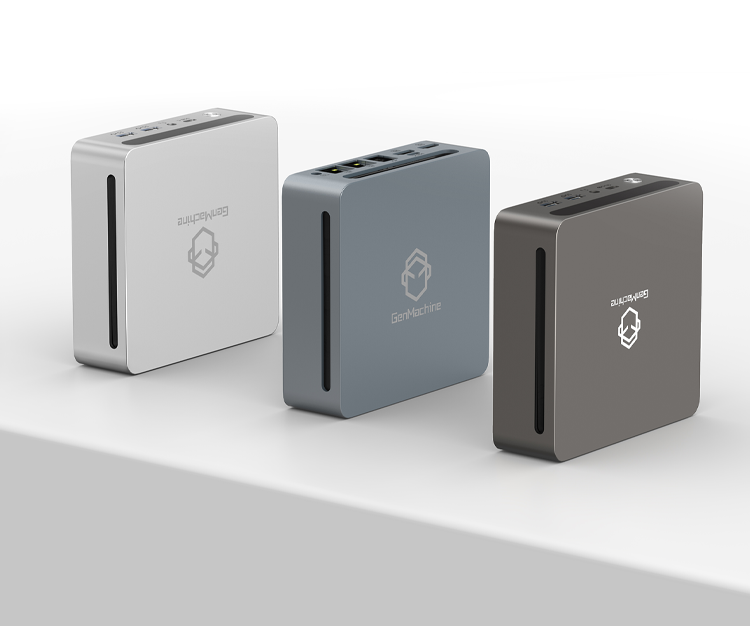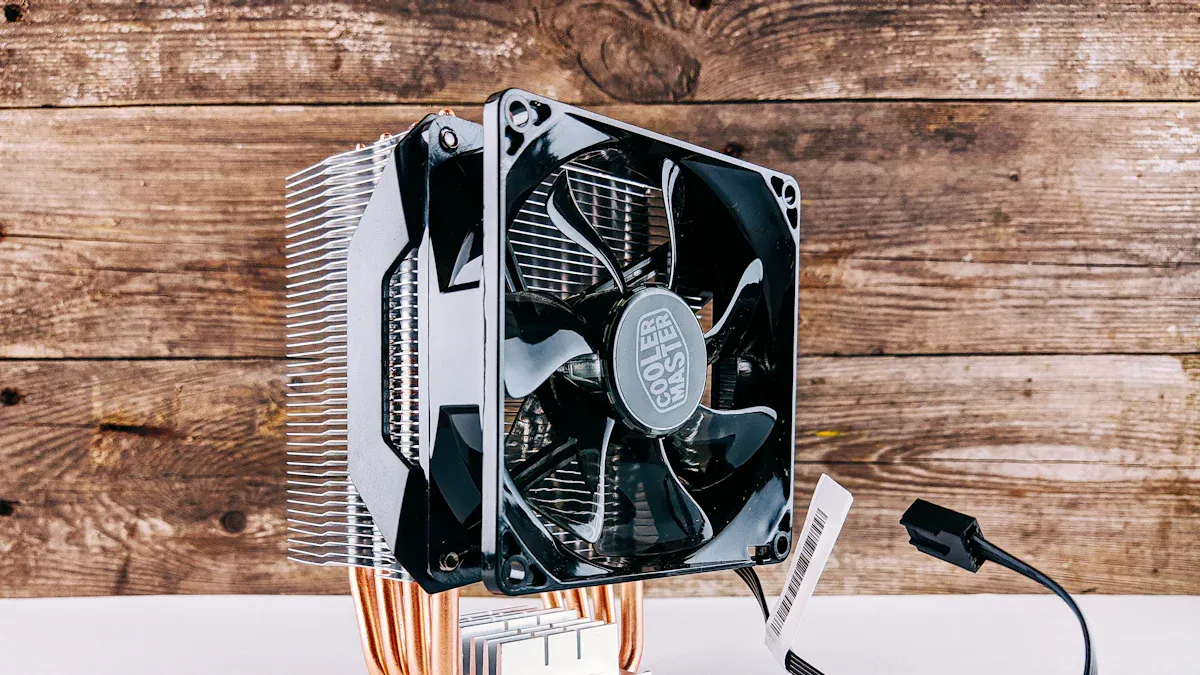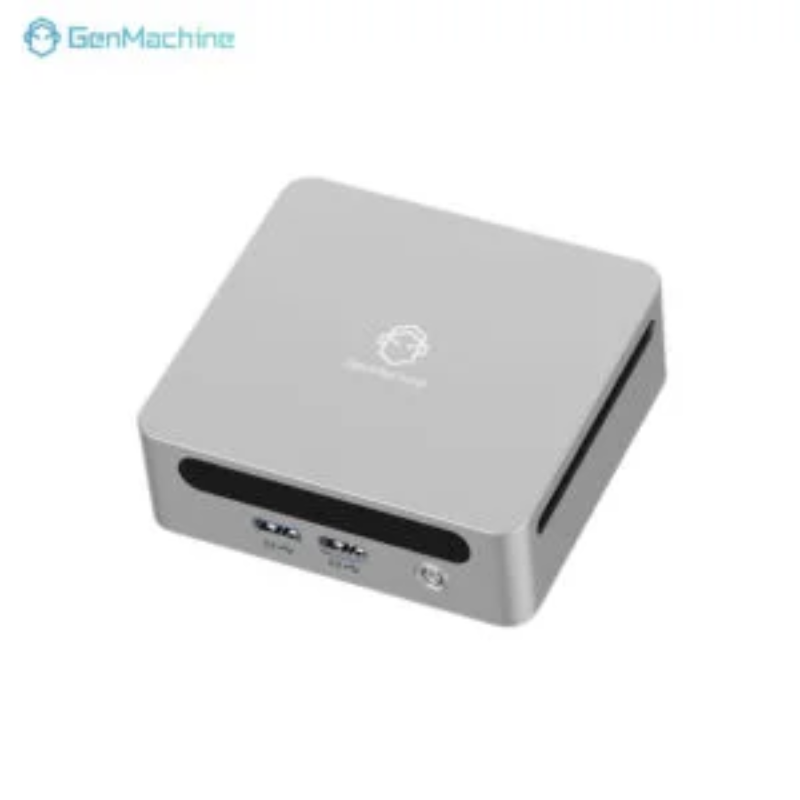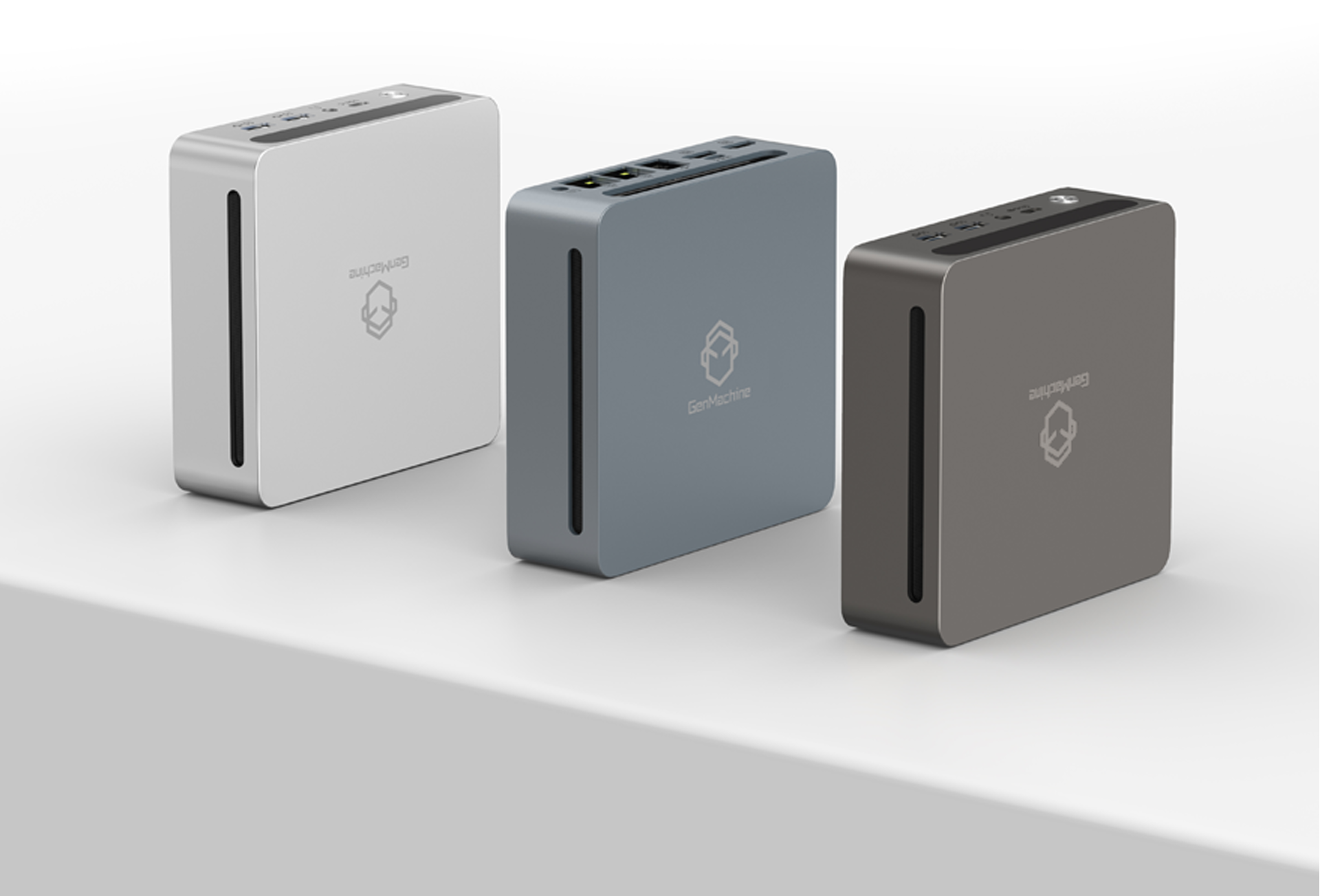A compact Mini PC is a fantastic piece of technology, offering impressive power in a compact form factor that can fit just about anywhere. But that small size comes with a challenge: cooling. When components are packed so tightly together, heat builds up quickly, forcing the fans to work overtime. The result? A persistent and often annoying humming or whirring sound that can disrupt your focus. It seems that for many users, the trade-off for a small footprint is a noisy workspace. Fortunately, you don’t have to just accept the noise. There are 5 effective, and often simple, ways to make your mini PC significantly quieter.
1.Upgrade or Replace the Fans
Full Fan Replacement
This is often the most effective route. Swapping the stock fans for high-quality models designed specifically for quiet operation can be a game-changer. Many reputable manufacturers now specialize in creating fans that move plenty of air with minimal noise. Their designs often feature advanced bearing technology and unique blade shapes that cut through the air more efficiently, reducing both the mechanical hum and the sound of turbulence. It’s a direct approach that tackles the root cause.
Tips:Firstly, check that your Mini PC is easy to take apart—otherwise, you’ll be stuck playing Tetris with its tiny parts..
Simple Bearing Maintenance
If your fan isn’t overwhelmingly loud but has developed an irritating squeak or grinding sound, the issue might just be friction. Before you spend money on a replacement, a little bit of maintenance can sometimes do the trick. Applying a small amount of appropriate lubricant to the fan’s bearings can smooth out its rotation and eliminate those high-pitched sounds, giving an old fan a new lease on life.

2. Adjust Fan Curves in the BIOS or with Software
Control via the BIOS/UEFI
This is the computer’s foundational settings menu, accessible right after you turn it on, and it offers the most direct control. Once inside, you need to look for a hardware monitoring section or an option often labeled “Smart Fan Control” or something similar. Here, you can typically set specific temperature thresholds and the corresponding fan speeds (as a percentage of maximum RPM) to create a much more gradual and less intrusive cooling profile.
Tips:Since BIOS interfaces and hotkeys vary between different Mini PC models, it is recommended to consult the official manual or download the PDF user guide from the manufacturer’s website.
Control via Desktop Software
If your BIOS options are limited or you just find them confusing, software utilities can offer a more user-friendly interface. There are various well-known tools that give you fine-grained control over fan speeds from within your operating system. This allows you to experiment with different settings on the fly to find that perfect balance between cooling and quiet operation.

3. Replace or Improve Thermal Paste
Now, let’s talk about a method that might not seem directly related to noise but has a surprisingly large impact. It’s not about the fan itself, but about the job it’s trying to do: transfer heat. The CPU and its heatsink don’t make perfect contact; a substance called thermal paste fills the microscopic gaps between them, ensuring heat can move efficiently from the chip to the cooler. If this paste is old or applied poorly, thermal transfer becomes inefficient.
The result is a vicious cycle: the CPU gets hot, the heatsink can’t pull the heat away fast enough, and the fan spins furiously to compensate, all while the temperature barely drops. The stock thermal paste on many mini PCs is often of mediocre quality, and after a few years, it can dry out and lose its effectiveness. Applying a fresh layer of a high-performance thermal compound can dramatically improve heat transfer. The process is complicated compared with the process of changing thermal paste in a laptop, and it does require care: you need to gently clean off the old, crusty paste, apply a pea-sized amount of new paste, and then reinstall the heatsink to ensure even pressure. It’s a small investment of time that can pay huge dividends in quietness.
Tips:For a more detailed and straightforward guide on changing thermal paste for a Mini PC, check out some videos on YouTube.
4. Improve Airflow
This is just as critical but often overlooked. It’s tempting to tuck a mini PC behind a monitor, in a tight bookshelf space, or inside a media cabinet to keep things tidy. But if the space is too enclosed, it can severely suffocate the intake and exhaust vents. Make sure the area around your mini PC’s vents is clear of clutter. Sometimes, simply moving the machine from a cramped corner to a more open spot can lower its temperature enough to make the fan noticeably quieter. For more tips on preventing mini PC overheating, check this guide.

5. Optimize Operating System & Power Settings
Finally, let’s shift our focus from hardware to software. A lot of the time, a fan spins up not because you’re doing intensive work, but because the system is busy with background processes or is using an overly aggressive power plan. With a few simple tweaks, you can lower your system’s average workload and heat output without a meaningful hit to performance, allowing the fan to stay quiet.
This is arguably the most cost-effective way to reduce noise. Here are a few things to try:
Adjust the Power Plan: In your OS power options, select the “Balanced” plan instead of “High Performance.” The high-performance setting often keeps the CPU locked at a higher frequency even when idle, generating unnecessary heat.
Limit the Maximum Processor State: This is a surprisingly effective trick. In the advanced power settings, change the “Maximum processor state” from 100% to 99%. This tiny change can prevent the CPU from constantly using its high-power “turbo boost” for minor tasks, which drastically reduces temperature spikes and the resulting fan noise.
Keep Your System Clean: Regularly clean up system files, manage your startup programs, and close background applications that you aren’t using. A leaner, more efficient system means a lower baseline CPU load, which means the fan doesn’t have to work as hard.





